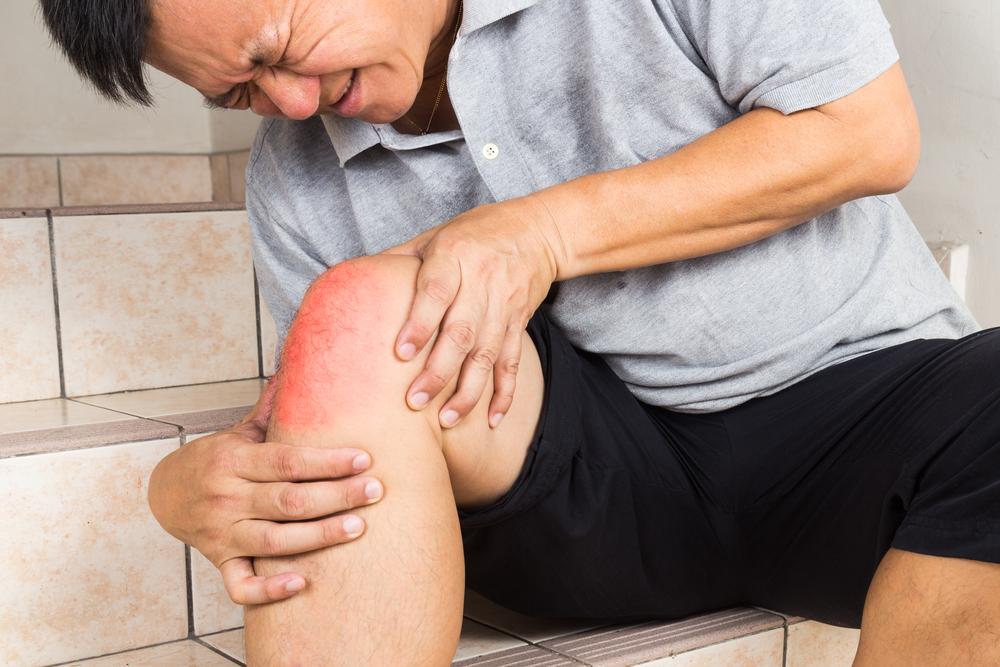Signs and Symptoms of Gout
As with many health conditions, the signs and symptoms of gout vary from patient to patient. For instance, gout can develop in regular gout attacks that strike and gradually diminish for days, weeks, or months at a time. However, some patients experience gout on a constant and chronic basis. Due to the fact that gout symptoms often mimic other conditions, particularly arthritis, gout can often be misdiagnosed .
The most common signs and symptoms of gout are:
Appearance of nodules
Prior to a patient’s first gout attack, nodules, or what’s medically known as tophi, can develop on the affected joint (fingers, toes, elbows, hands, or ears).

Pain
The most telltale sign of gout is a joint pain (medically referred to as podagra), particularly in the big toe. This joint pain can also strike the wrists, fingers, elbows, ankles, or knee joints, and the surrounding tissues. This pain is due to inflammation, which causes the big toe joint to become extremely sensitive to even the slightest amount of pressure; thus significantly limiting the movement of the affected joint.
Heat and inflammation
Due to the buildup of uric acid in joints, most commonly the big toe joint, a gout attack will gradually become more painful due to inflammation of the affected joint, causing the joint to become warm, then hot, as the swelling worsens.
Skin discoloration
Inflammation during a gout attack can often be mistaken for an infection, due to the appearance of joint swelling that can turn surrounding tissues red and purple in color. This swelling and discoloration are caused by inflammation of the bursae (or fluid sacs), that provide padding around our joints and tissues.
Itchy, peeling skin
The presence of gout can also present in an affected joint (i.e., big toe, fingers, elbows, heels, ankles, and knees) – its presence being marked with swelling, redness, and a shiny or glossy surface. The affected skin may also be extremely itchy and warm, and peeling of the skin may occur as the pain and swelling diminishes.

